Companion Planting – Natures Own Pesticide
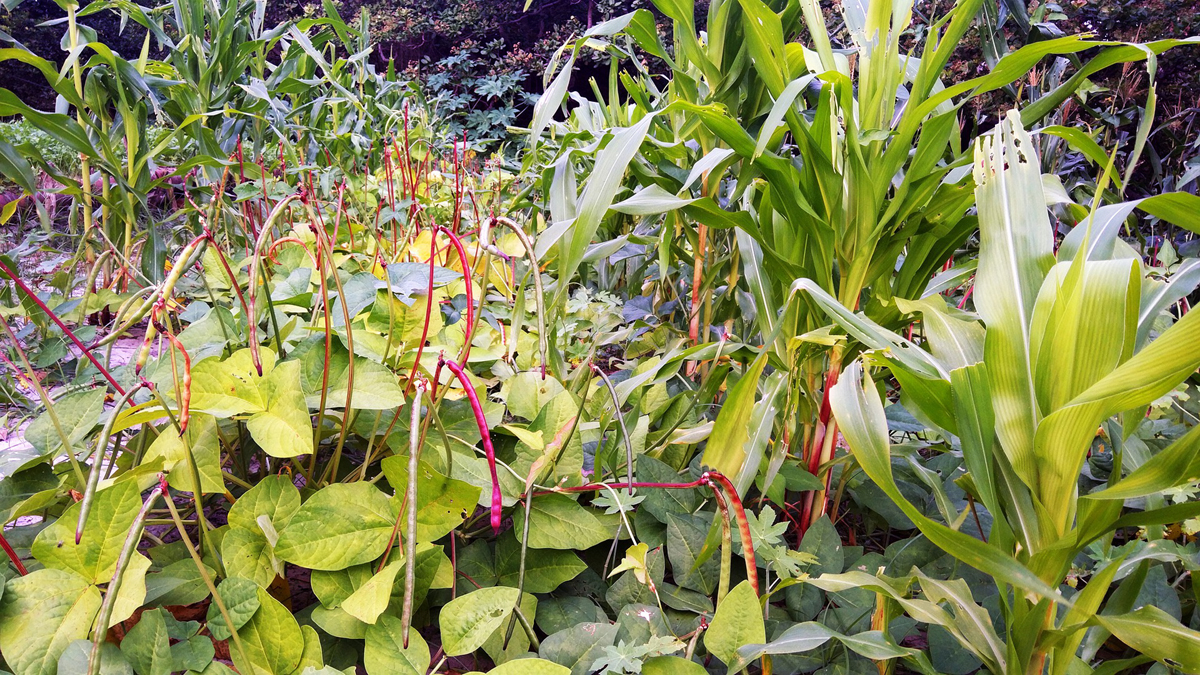
Before there were chemical and manufactured pesticides, early settlers used companion planting to keep away pests and to make their crops grow heartier. Farmers of old would plant squash, beans and corn together because they knew that these three crops were kept in balance because they gave each other nutrients.
Organic farmers and those who care about not polluting the Earth use this type of gardening method in lieu of chemicals and harsh fertilizers. Planting two or more crops together in some instances will allow nature to make its own pesticide protection and its own fertilizer.
What Exactly is Companion Planting?
Companion planting is the practice of planting certain types of plants next to or around each other to discourage disease, pests and to help all the plants grow to their full potential. You can’t just run out and start planting a menagerie of plants. You do have to study up a little bit. Knowing which plants use a lot of the soils nutrients and which plants need more water are all things you must take into consideration. You should never grow two plants together that deplete the soil or who need lots of water; they will just fight each other for their own share instead of balancing each other out.
My mother always put orange peels in her flower beds to keep the cats out. Farmers who grow hay may plant that crop for two years, and then plant a crop of oats so that the soil will get replenished with nutrients. Using companion planting works in the same way. You are letting Mother Nature make her own eco-system.
Companion Planting as a Pest Control
Many people like to companion plant to control pests. If you garden much then you will know that some bugs are necessary; bees for plant growth and worms for replenishing the soil, so you never want to harm the varmints that should be there.
You can plant marigolds throughout your flower gardens to control aphids. They look beautiful mixed in with other flowers and they naturally repel the bugs that eat the leaves. You could plant garlic around the same area as your rose bushes to keep the aphids away. Garlic planted around the borders of your potato beds will help keep the dreaded potato beetle from destroying your valuable crop.
You may be using chemical pesticides and fertilizers because you don’t really know any other way to keep your gardens healthy and bug free. We have seen the studies of what these substances are doing to the planet and many caring people are starting to use our ancestor’s old methods of pest and fertilizer control.
When you mix different types of plants together, you are not only helping the planet-you will be surprised at how beautiful your gardens will look when you learn how to do companion gardening correctly.
The Author:
Cynthia writes a successful blog called Tulip Care Tips – Bulb Gardening For The Beginner. She loves sharing her gardening tips with others. Visit her website at: http://www.tulipcaretips.com
Photo.
Source: EzineArticles.com

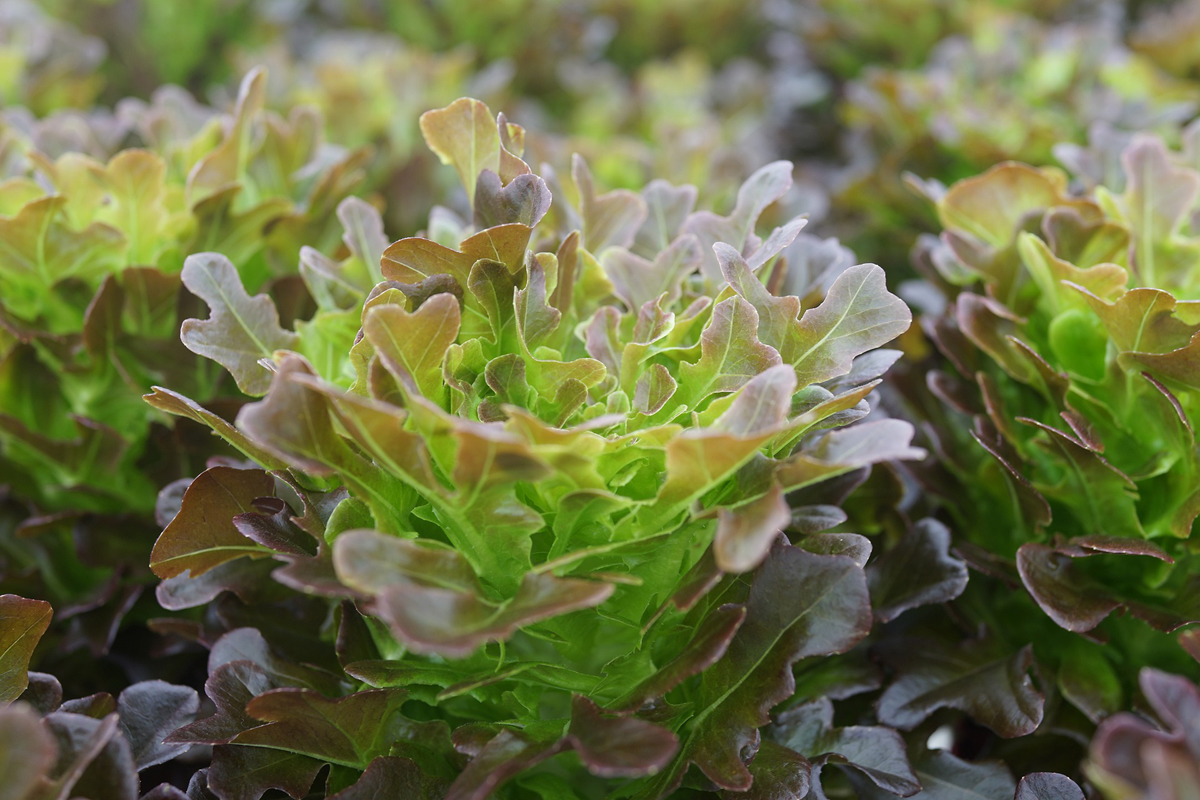
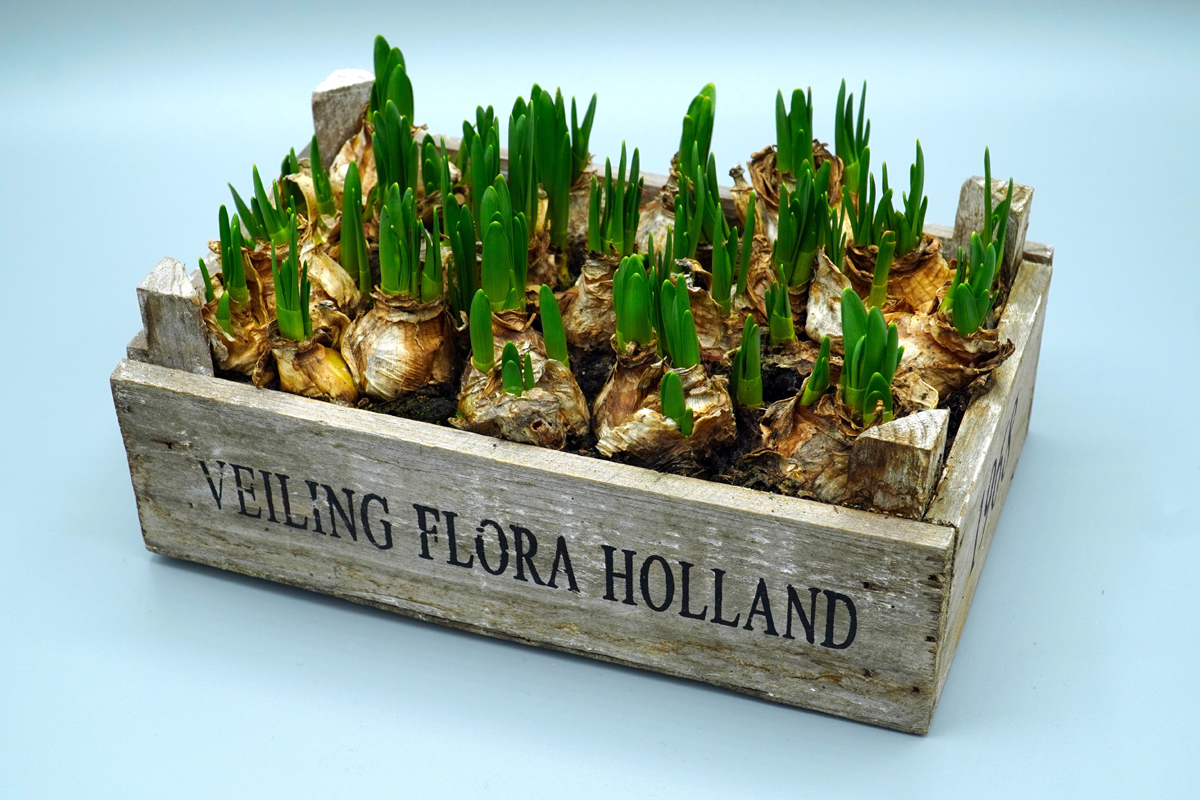
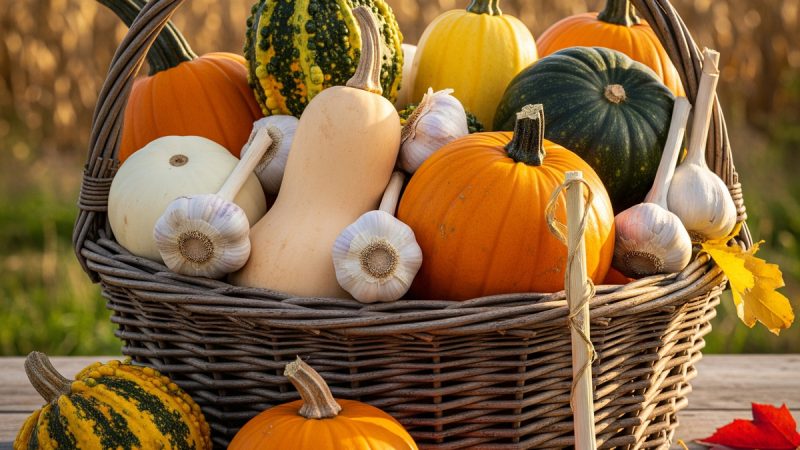
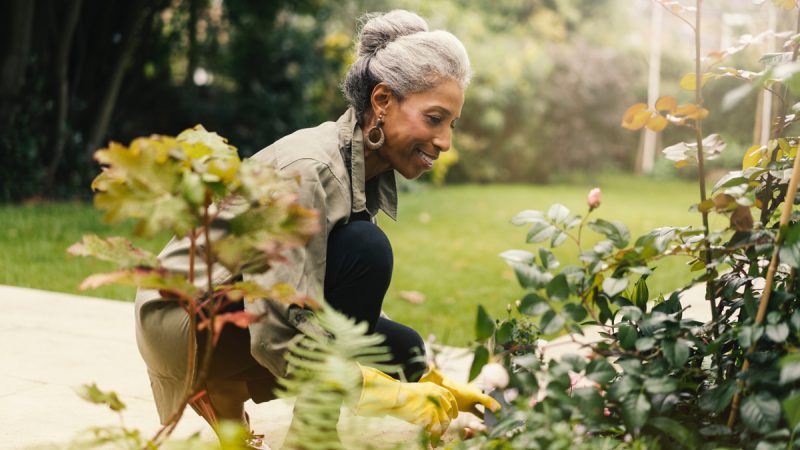
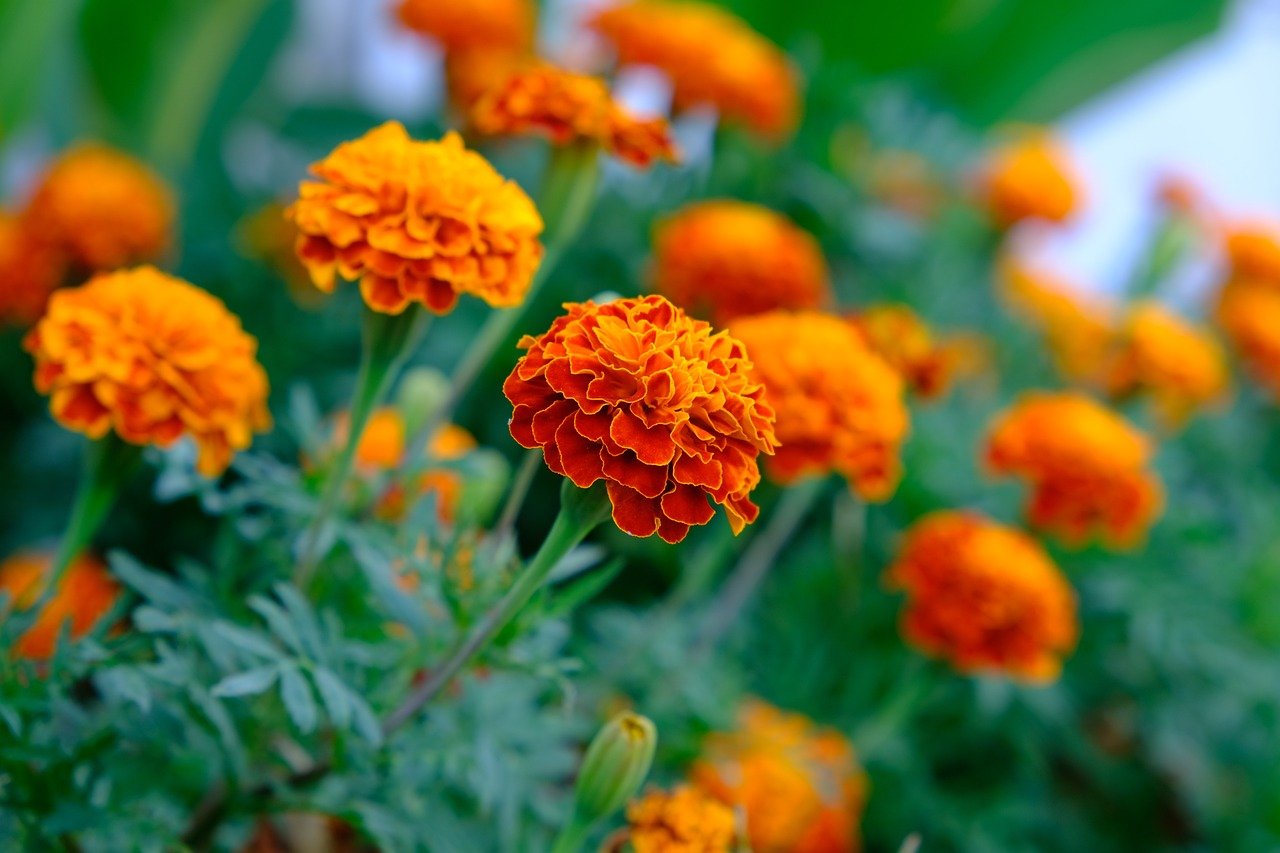

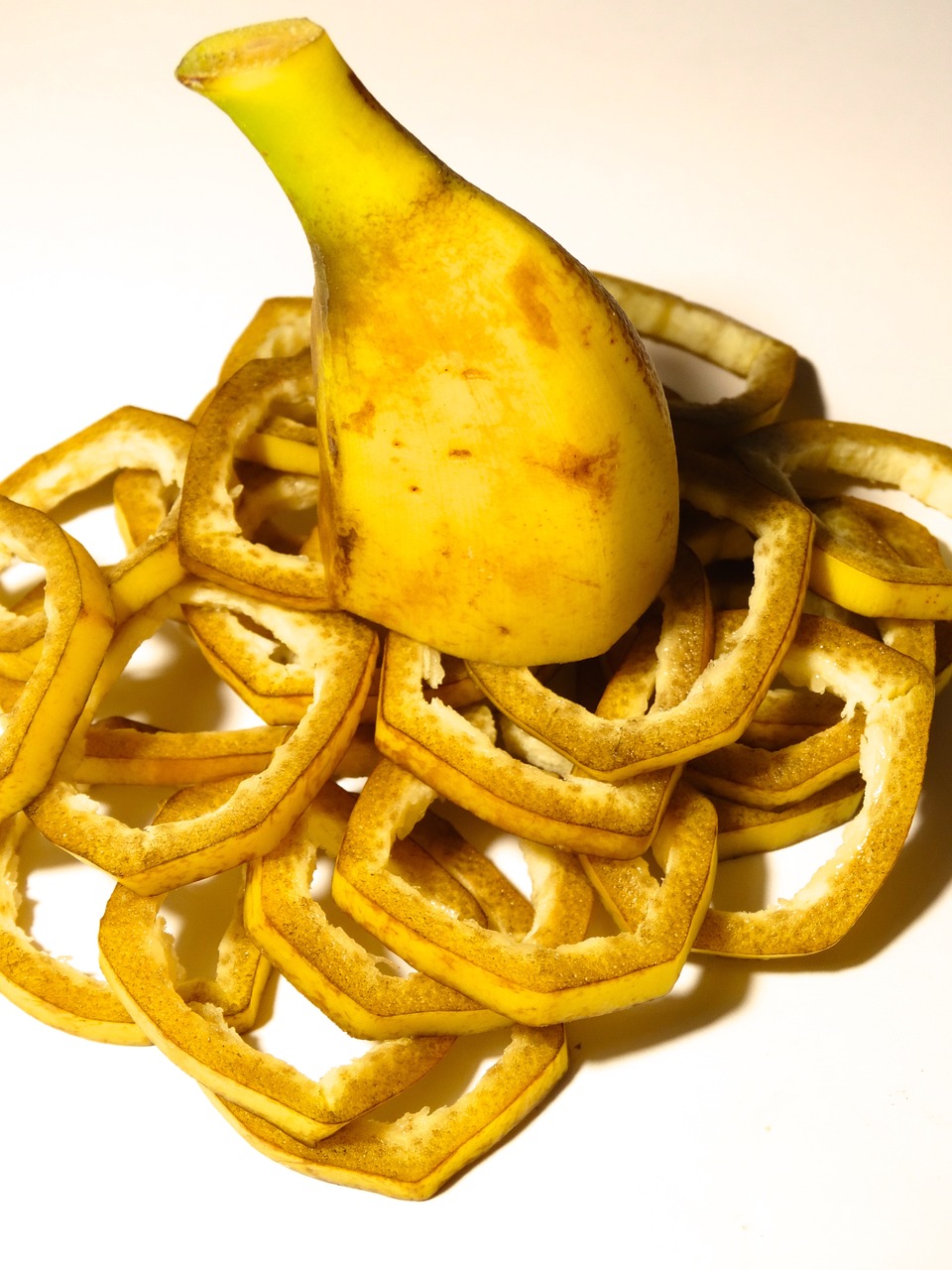

Yes this kind of companion planting (ie planting squash, beans and corn together)was taught to the pilgrims by the Native Americans.
That’s a fascinating historical fact! It’s wonderful to see how different cultures and communities have been practicing this kind of companion planting for generations. Learning from the Native Americans about the benefits of planting squash, beans, and corn together must have greatly influenced the pilgrims’ gardening practices. It’s incredible how sustainable and mutually beneficial techniques like this have been passed down through the generations. It just goes to show the importance of embracing and learning from diverse agricultural traditions.